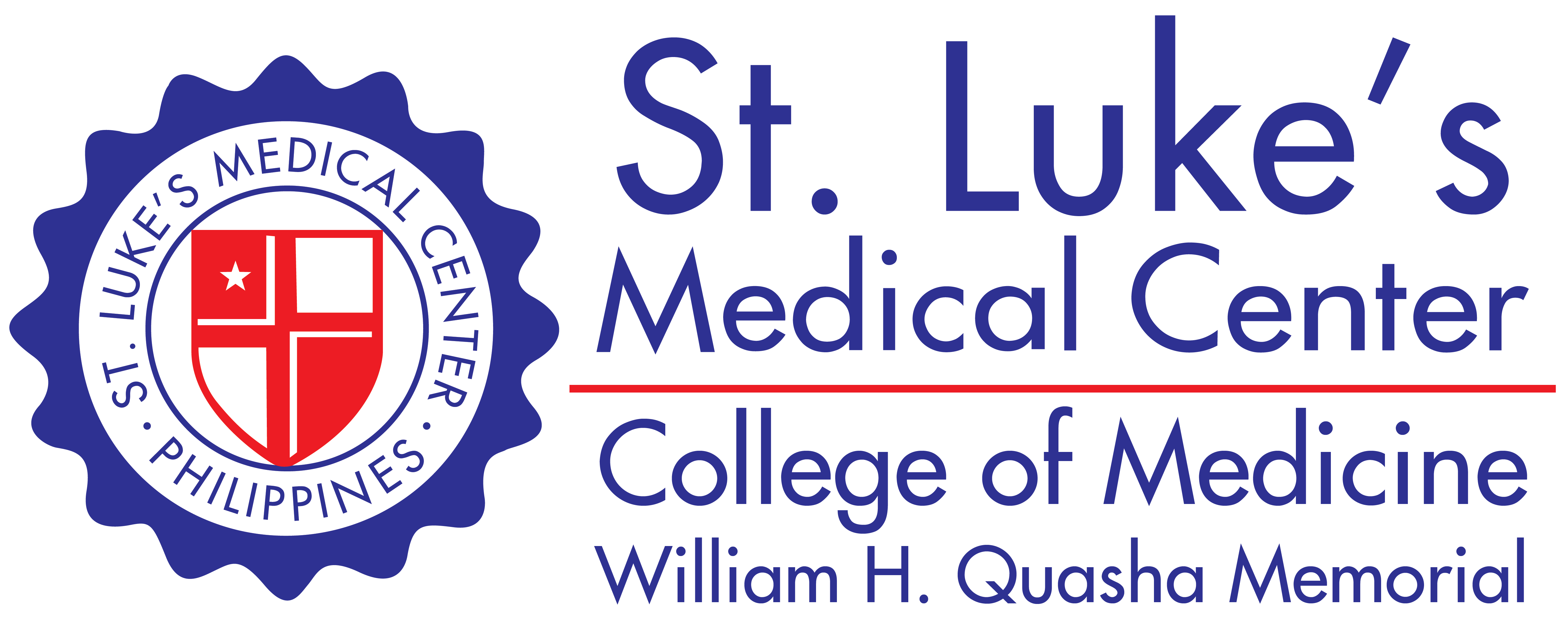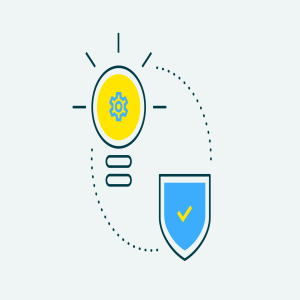When Pacifico Calderon, MD returned to the Philippines from Australia in 2019 to become the Chair of Professionalism, Medical Ethics and Humanities Department at St. Luke's College of Medicine , he had clear ideas on how to support the institution’s vision of elevating quality. He observed that some students at the college had a low understanding of academic integrity nuances. That's when he proposed using Turnitin products in 2020 to Redante Mendoza (MD, MBA, MPA), Head of Teaching Innovations and e-Learning at St. Luke's, to improve student writing quality. Dr. Mendoza knew that many students, even if they had some awareness, did not fully recognize that “common behavior can violate the guidelines and rules of academic integrity.”
ChallengeDr. Calderon and Dr. Mendoza had no doubts about the sincerity of their students, but they admitted that the same capabilities enabling worldwide parity between research institutions coupled with the blistering academic expectations put on their medical students left them distinctly at risk of inadvertent violations. Though as university graduates they came into the program with a certain level of academic preparedness, the issue remained, weakening their writing and undermining their academic achievement.
St. Luke’s faculty knew this was an obstacle that had to be tackled, and using a similarity detection solution to assess written works could help improve the quality of student research and writing.
SolutionDr. Calderon considers himself a “champion” of Turnitin, appreciating its effect on his writing as a student. He made the particular suggestion out of familiarity, but Dr. Mendoza wanted St. Luke’s search to be objective and explored several options before deciding on behalf of the college. It came down to three factors: the unmatched advantage of the Turnitin content database, Turnitin’s advanced text similarity detection features, and the ability of Turnitin to integrate with NEO LMS by CYPHER LEARNING as well as the Google products which the college was already using.
Turnitin's straightforward compatibility further strengthened these highlights with NEO LMS . As enough is already demanded from medical students, administrators at St. Luke's maintain simplification as an "overarching principle" in all tech decisions. As Dr. Mendonza puts it, "everything that we get has to integrate with what is existing because it is challenging for the students to sign in twice, log in twice, and have two different dashboards."
Having partnered officially in 2015, NEO LMS and Turnitin work collaboratively to offer institutions like St. Luke's an efficient yet user-friendly experience. This made their choice an easy one because, as Dr. Mendoza explained, “it is best if you can get it inside the LMS.”
Integration in PracticeThe CYPHER LEARNING team made themselves available to assist with the integration of Turnitin with NEO LMS and the college IT Staff managed the transition with ease. Educators like Dr. Calderon put Turnitin to use immediately with their classes, using the same familiar LMS and Google interfaces long known at the institution. As this occurred during the pandemic (with its restrictions and uncertainties), the uncomplicated process was a relief for faculty and students alike.
![[ashok_nedungadi:MEDIASTORE_LEAF]@20000e9f](../assets/images/resources/image-block-images/ashok-nedungadi.png)
Plagiarism undermines the integrity of many higher educational and research spaces. Recent evidence indicates that capacitating organizations to prevent or to handle plagiarism offers the benefit of maintaining higher levels of academic integrity and trust. At St. Luke’s Medical Center College of Medicine, we use Turnitin as an academic integrity measure to support scholarly conduct in the digital age.
St. Luke’s Medical Center College of Medicine’s teaching staff immediately put the integration to work. Some encouraged students to use Turnitin’s Draft Coach add-on with their initial drafts before submitting them to teachers for final assessments. Dr. Calderon found that this opportunity to take a step back from their work and observe “pushed students to be faithful in academic writing, with integrity” and saw a definitive improvement in writing quality. This appraisal was echoed by administrators who found that the results strongly supported the college’s goal of building greater awareness among students and going forward at par with the best medical schools.
Faculty members at St. Luke’s also appreciated the grading features of Feedback Studio. “Since Turnitin is embedded in NEO LMS, the ability to mark the students using a rubric and also with preformed comments that we just click has also been useful.” This harmony of the initiative within the college’s digital ecosystem as well as the ease of accessibility, paved the way for swift adoption and a perceptible impact.
![[dr_mendoza_1657285050:MEDIASTORE_LEAF]@b10eff](../assets/images/resources/image-block-images/dr-mendoza-1657285050.png)
As an administrator, I have seen many text similarity detection solutions, but the main reason we went with Turnitin in my technical evaluation is the content database. Reasoning that the largest archive, of course, belongs to Turnitin by far.
![[dr_calderon:MEDIASTORE_LEAF]@438ea5fe](../assets/images/resources/image-block-images/dr-calderon.png)
As an administrator, I have seen many text similarity detection solutions, but the main reason we went with Turnitin in my technical evaluation is the content database. Reasoning that the largest archive, of course, belongs to Turnitin by far.






